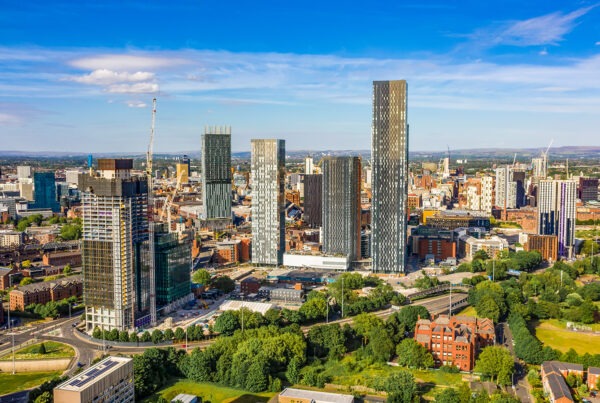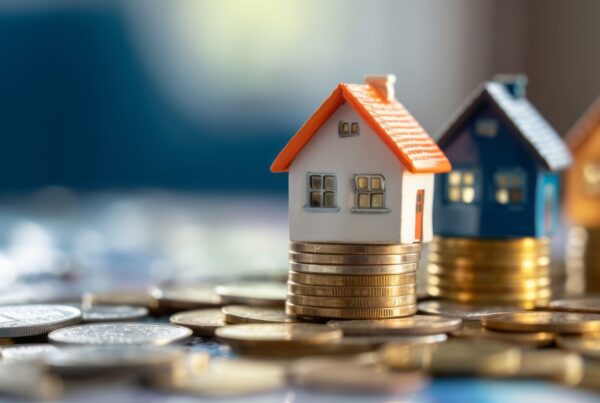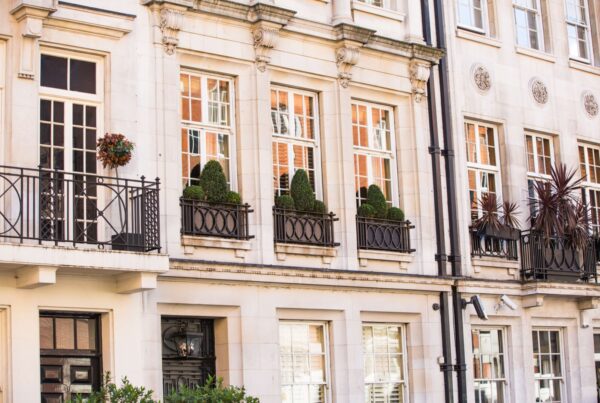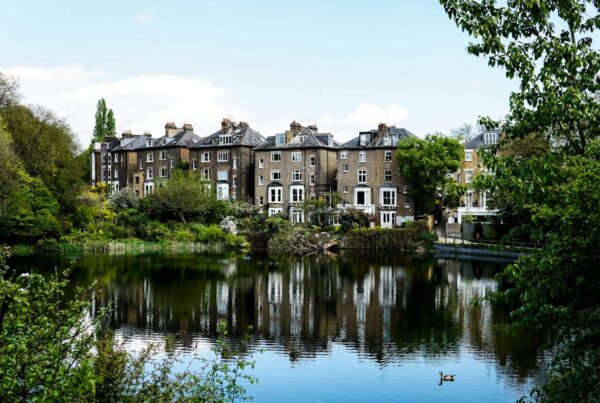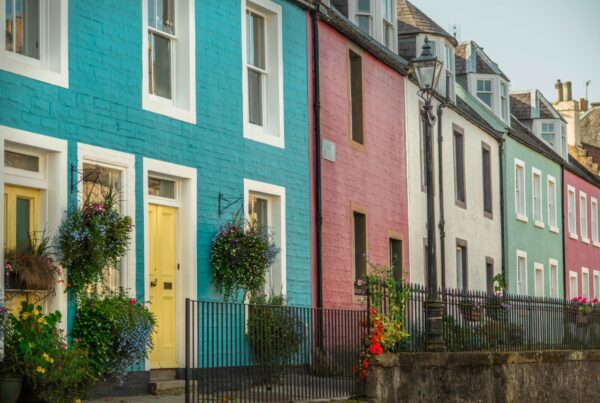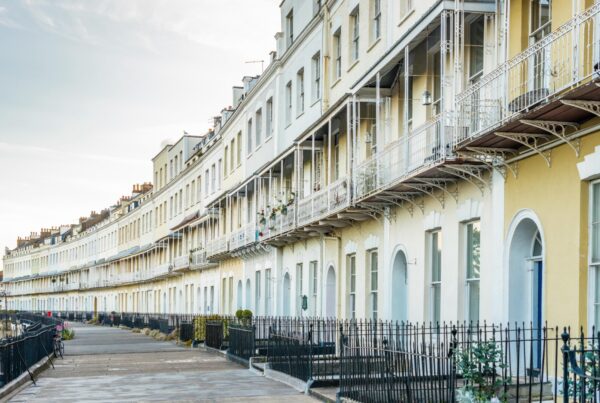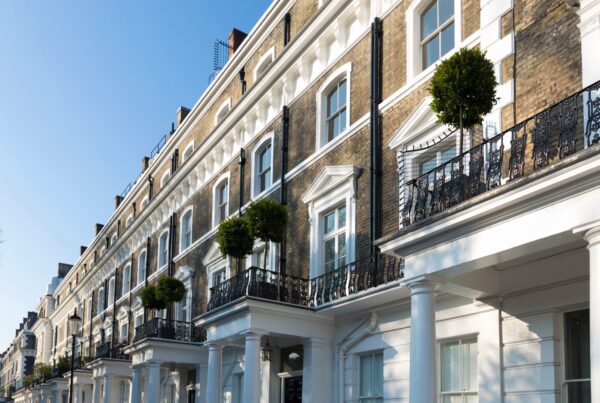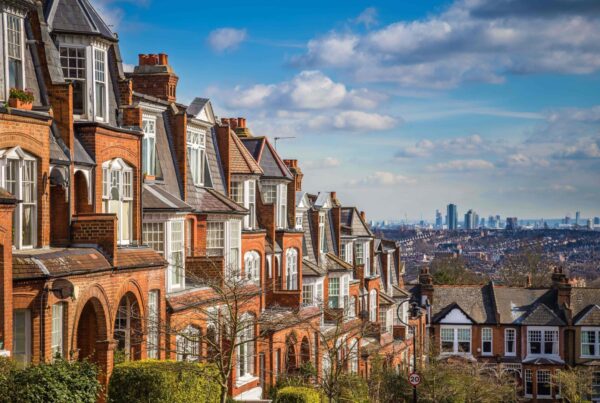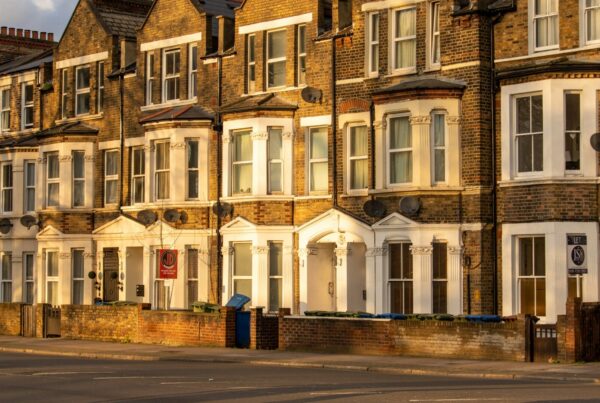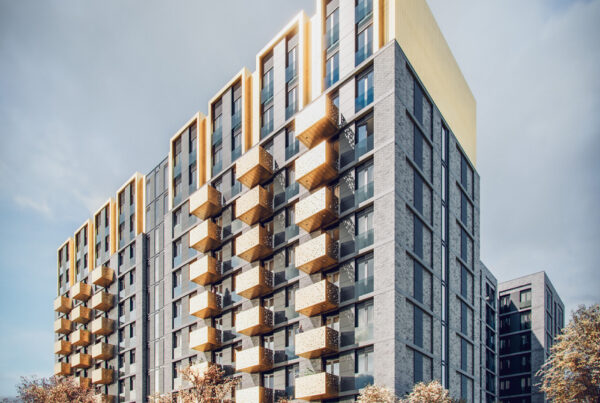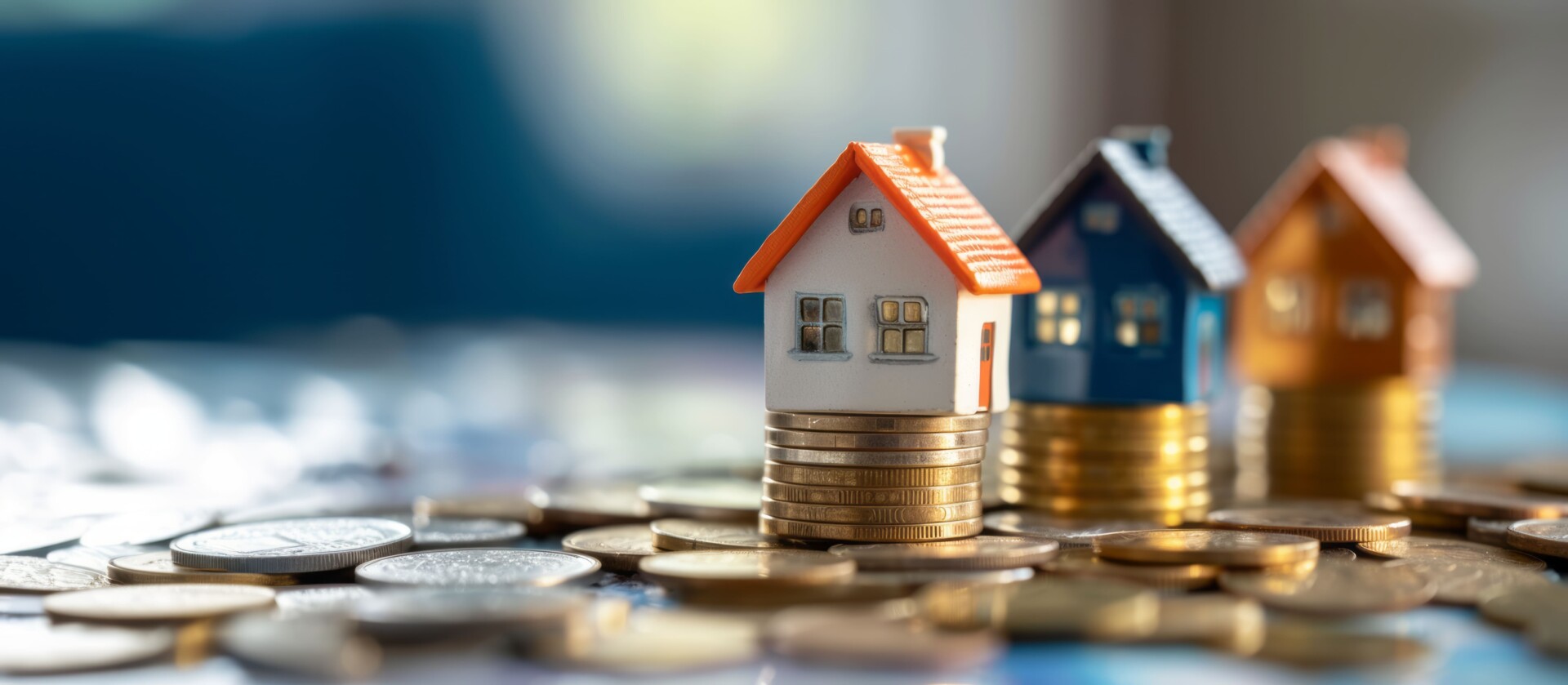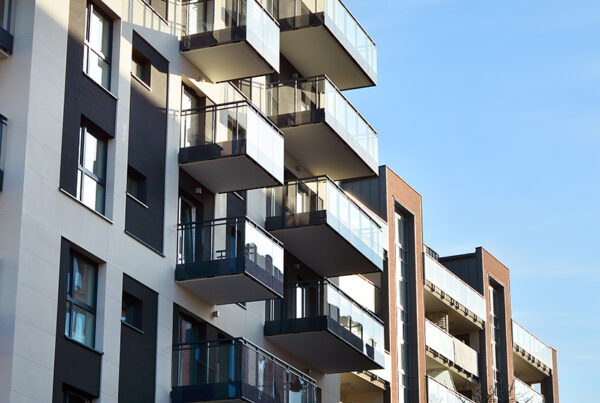Reviewed by: Ben Whitaker (Senior Investment Consultant), David Jacobs (Sales Manager) and James Needham (Managing Director)
When I first got into property investment, ‘rental yield’ felt like an elusive term, separate from capital growth. But trust me, it’s key if you want your property to pay you, not vice versa.
Rental yield is a crucial percentage for those looking to tap into the United Kingdom’s booming buy-to-let property market. It measures how much investors can expect to generate each year from a rental unit and helps them understand and compare different opportunities in the market. This article will give you a clear idea of what makes a “good” yield and what kind of returns you should look for as an investor.
Rental Yield Guide
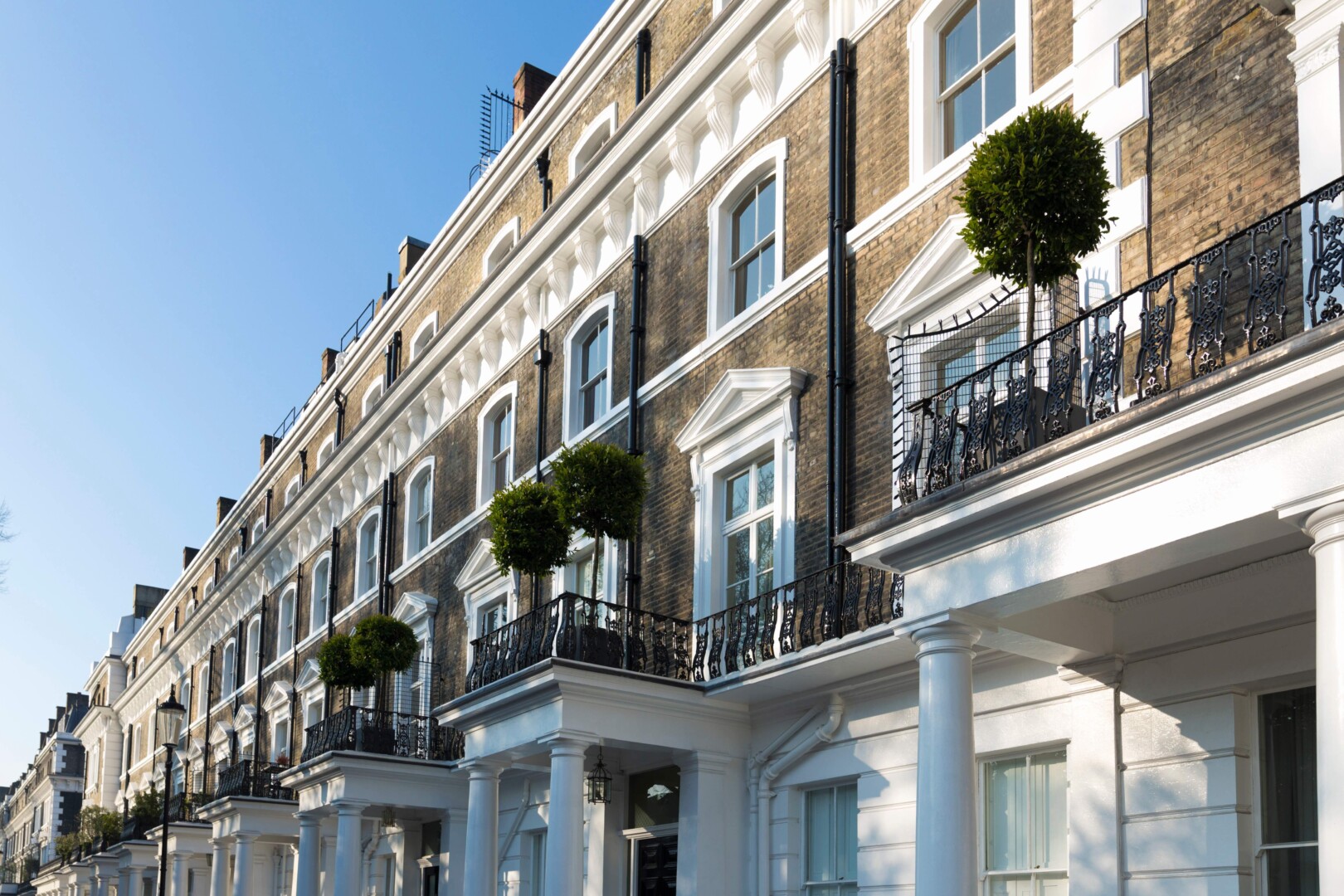
1. First Things First: What Actually Is Rental Yield?
In plain English, rental yield is how much money your property makes you (via rent), compared to how much you spent buying it. Think of it like checking how hard your money can potentially work for you.
Rental Yield = (Annual Rental Income ÷ Property Value) × 100
Here’s a quick example to illustrate the maths:
Let’s say you bought a £120,000 flat and rented it out for £700 a month. That’s £8,400 a year in rental income. Divide that by £120,000 and multiply by 100 = 7% yield. Not too shabby.
”Rental yield is the annual paycheck your property brings you. Ignoring it could mean losing profits to void periods, repairs, or less favourable locations. Smart investors consistently run the numbers.”
Ben Whitaker, Senior Investment Consultant
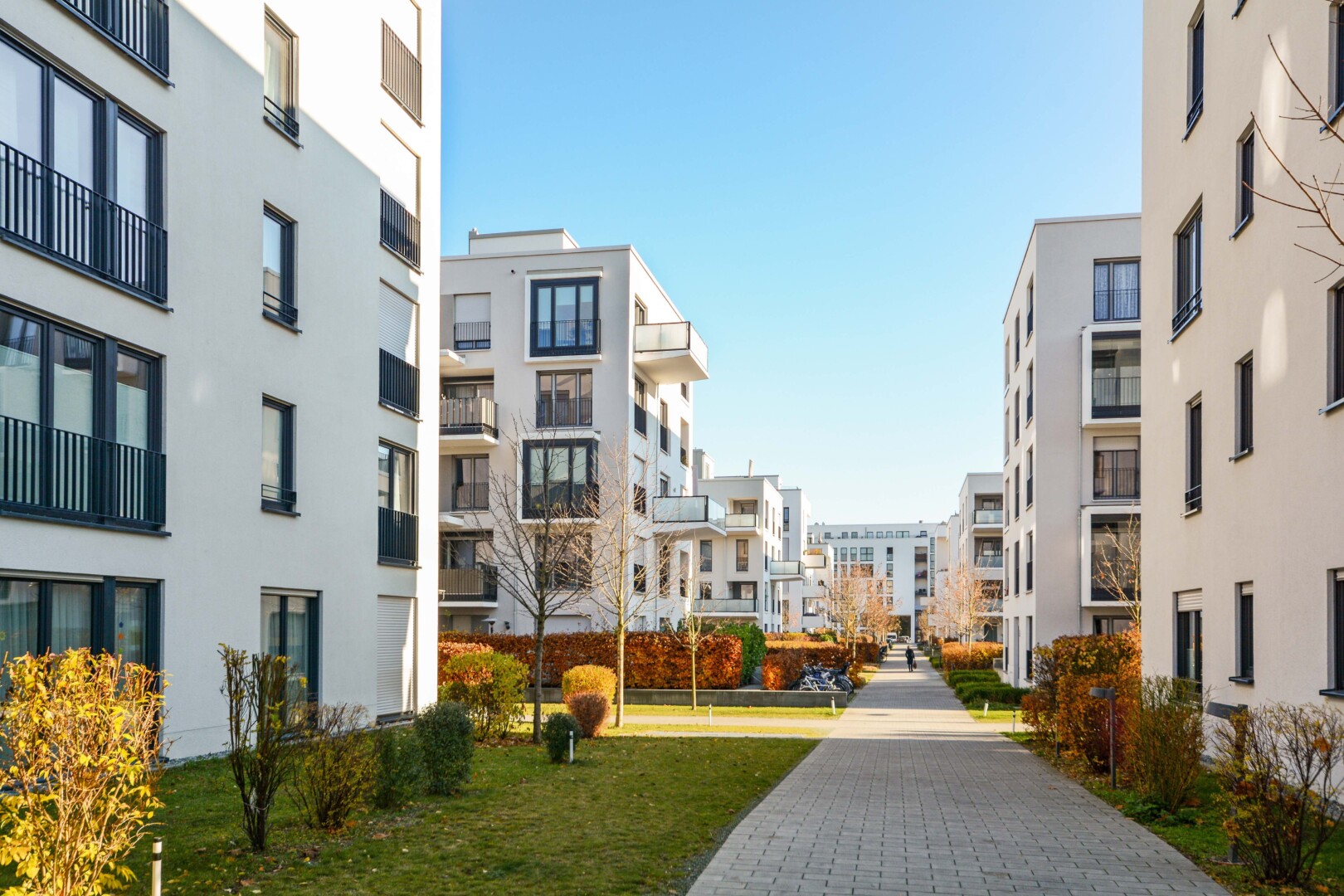
2 – So… What’s a Good Rental Yield?
- Under 3%: Weak. Low return, likely an overpriced property.
- 4–5%: Decent. This is what you’ll often see in London or other expensive cities.
- 6–7%: Strong. Great balance of income and stability.
- 8%+: High. Can be risky but very rewarding.
The truth is that what’s ‘good’ depends on what you are looking for as an investor. Do you care more about monthly income now, or long-term value growth? Many investors look to the future of their investment, assessing if they can strike a balance between exceptional yields and substantial capital growth in the long term. Higher yields usually mean cheaper properties in less expensive areas. That’s where we come in: we select areas with high capital growth and above-average rental yields in the UK. More on this later…
“Good yield depends on your strategy. Are you building monthly income or pursuing long-term appreciation? A strong yield is great, but only if it’s sustainable.”
David Jacobs, Sales Manager
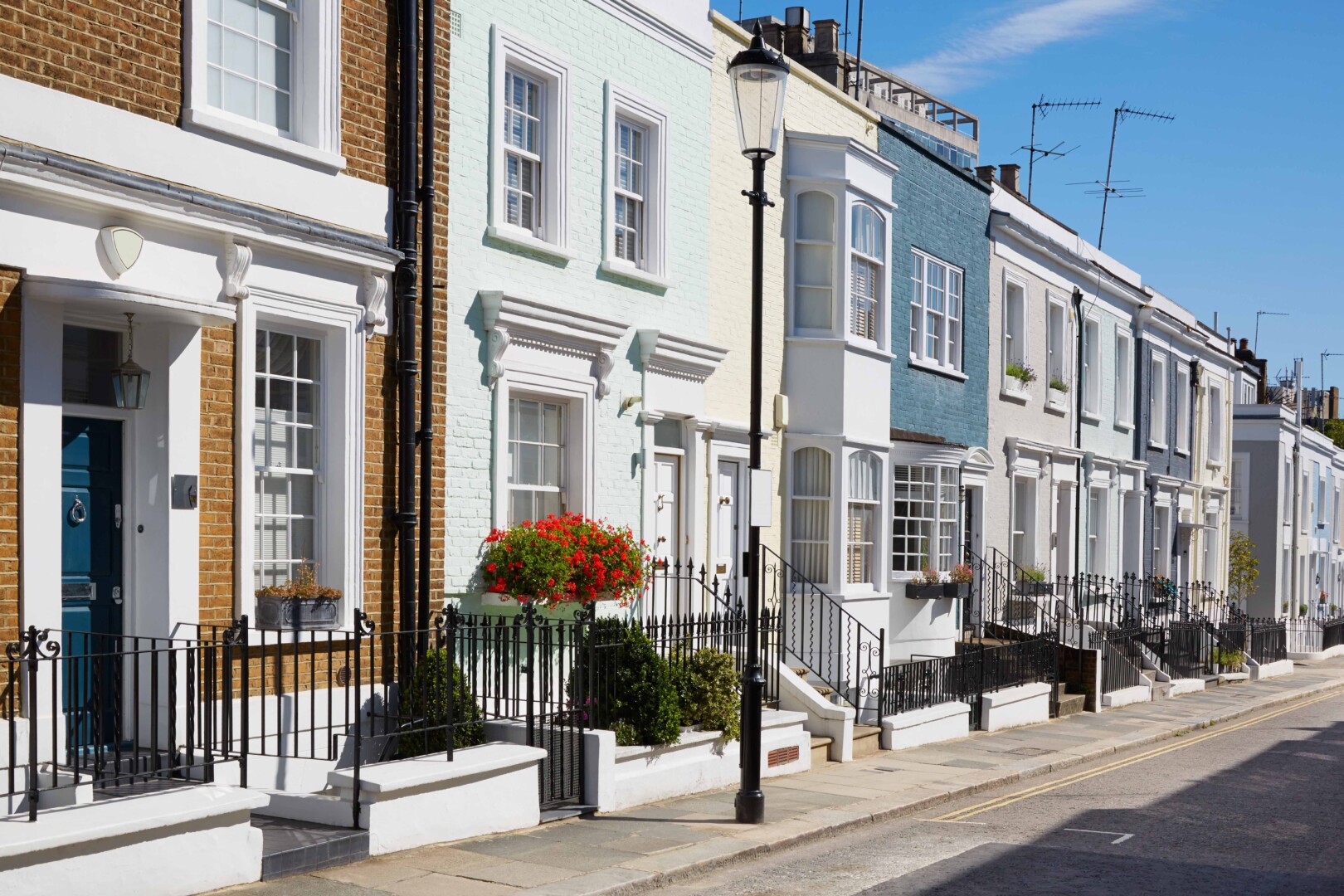
3 – Related FAQs: Let’s Bust Some Myths
-
Is a 3% Rental Yield Good?
If you’re buying in central London and banking on long-term growth, 3% might be acceptable. But as an income-generating investment? You could probably do better.
-
Is 5% a Good Return on a Rental Property?
Yes, it’s decent. Especially in places with high demand and solid tenants. It’s a bit of a sweet spot for lower-risk investors.
-
Is 7% Rental Yield Realistic?
Definitely. Especially in northern towns and smaller cities. That’s actually the kind of opportunity we love to spotlight at Alesco. Think places like Liverpool, Hull, or Manchester.
“At face value, the gap between a 5% and 7% yield might appear small, but over the lifespan of a property investment, it’s substantial. That difference can be the key to moving from financial stagnation to meaningful growth.”
James Needham, Managing Director
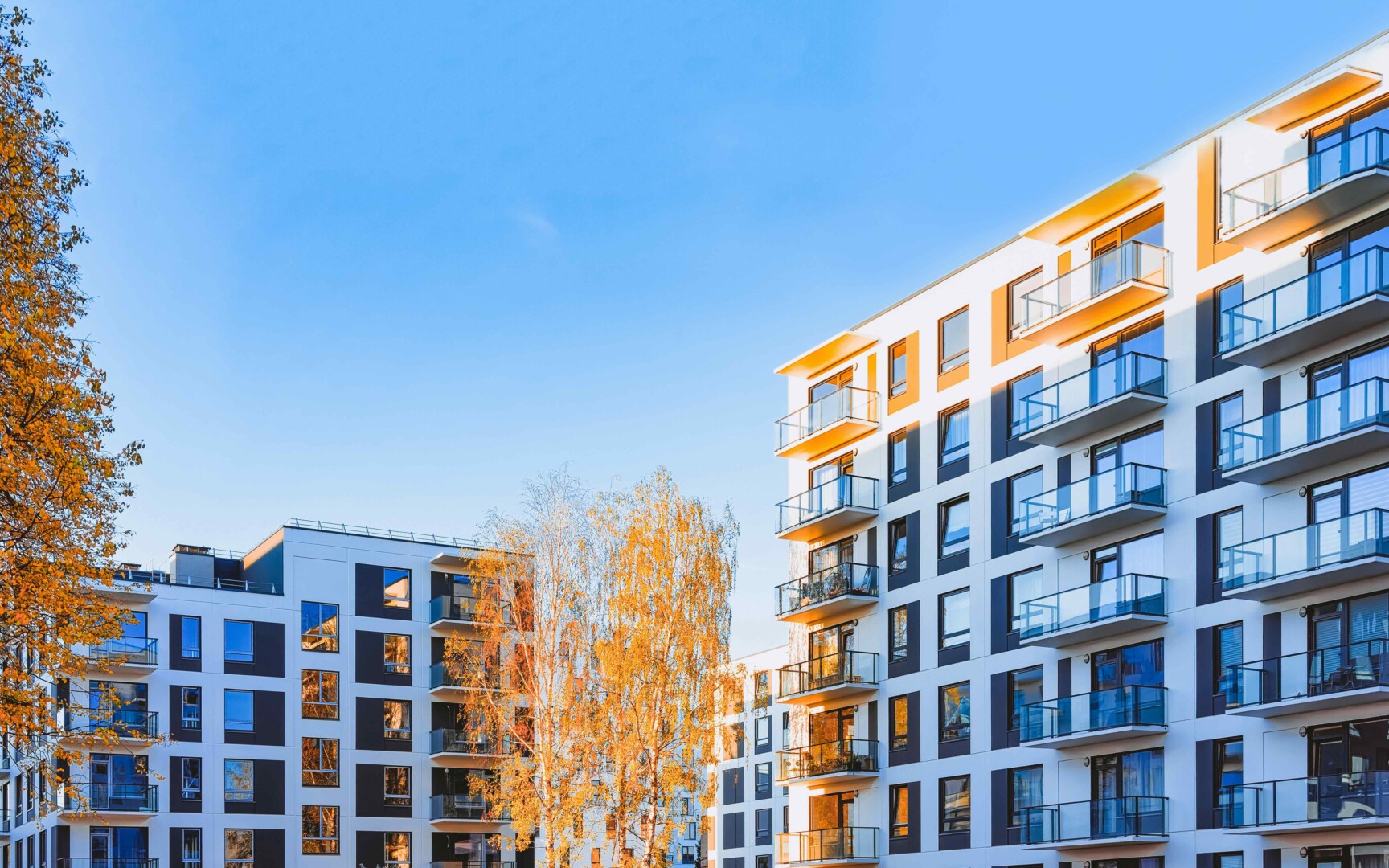
4 – Where Can You Get the Best Rental Yields in the UK?
When looking to achieve the best rental yields possible, investors must take regional variation into account. By this, I mean the difference in opportunities for capital growth and economic conditions across the UK. For example, house prices in the North are historically low, offering high rental yields and strong occupancy rates, all very attractive traits for an investment. However, when looking at the South, house prices are higher, with lower yields and occupancy rates, making it less appealing for shorter-term investors, despite market-dependent capital growth.
It is also important to note that on a less macro scale, every city and area holds different benefits for investors, whether that be in terms of tourism, events or business concentration. Here are some examples:
- Manchester: Significant economic development = Rising yields and an influx of professional renters.
- Hull: Affordable prices, stable tenants, current accommodation shortage.
- Liverpool: Big regeneration projects = Rising yields.
“Yield isn’t always where the spotlight is. Quieter markets with less hype can offer stronger and more stable returns. At Alesco, We go where the numbers work — not where the marketing is loudest.”
Ben Whitaker, Senior Investment Consultant
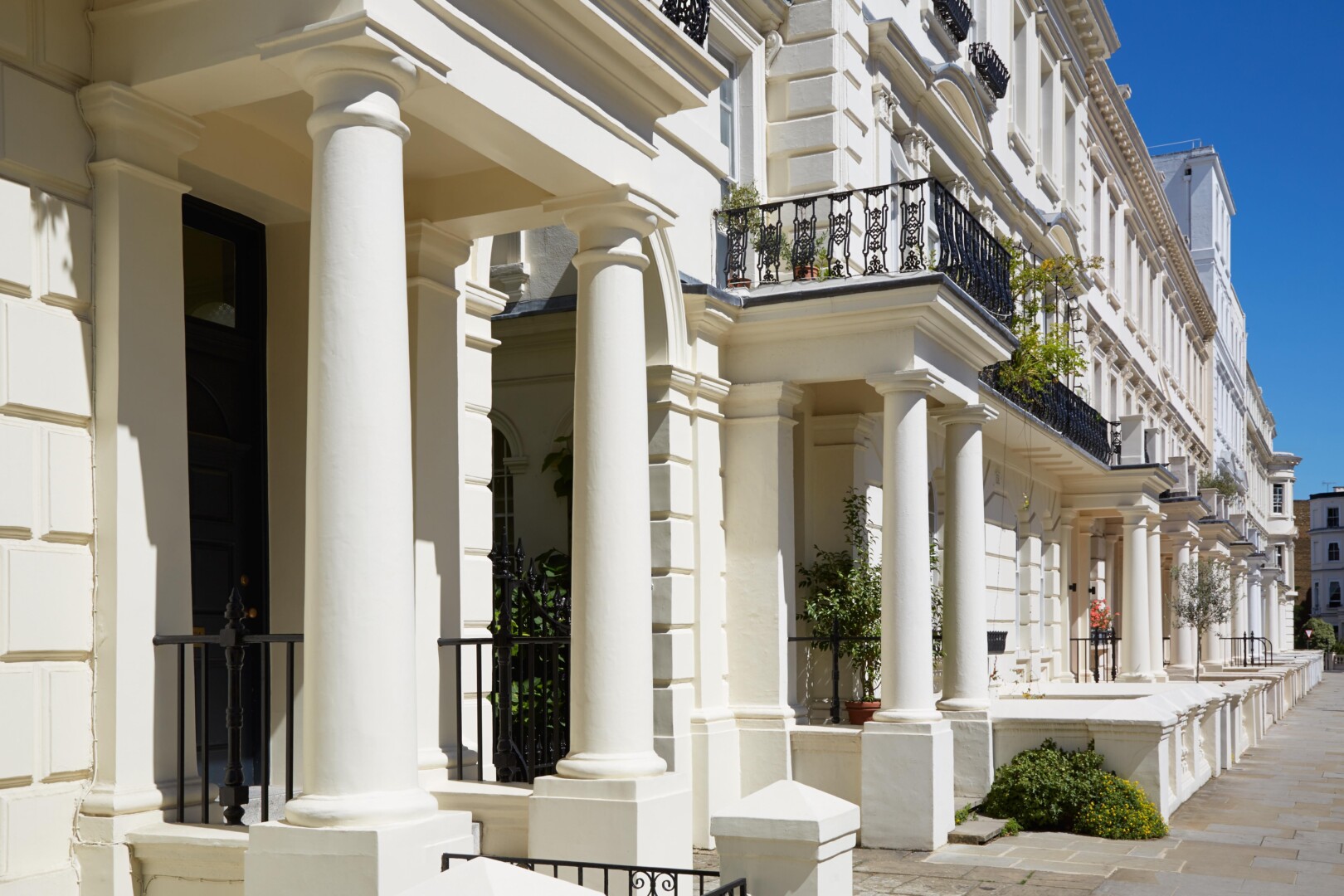
5 – Final Thoughts: Rental Yield Isn’t Everything
To conclude, despite rental yield being an important factor when vetting your options, it is still one of several when looking to increase your capital through investment. Only focusing on one segment of a particular offering will often lead to poor results. It takes a well-rounded and thorough investor to excel in the property market. Components such as occupancy rates, maintenance costs, tenant quality and capital growth must be part of your process when reviewing your options.
If you would like to learn more about other areas of property investment or speak to an expert consultant, click the link below, and we will be in touch!
“A great yield doesn’t mean much if your property’s unreliable. Frequent void periods or ongoing issues like faulty heating can erode your profits before you see them.”
David Jacobs, Sales Manager

Written by: Harry Dowell
